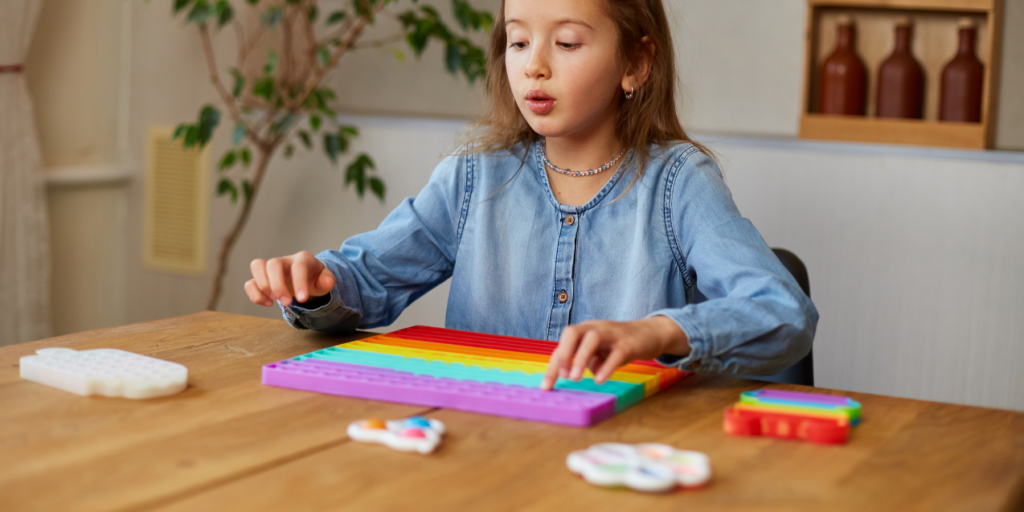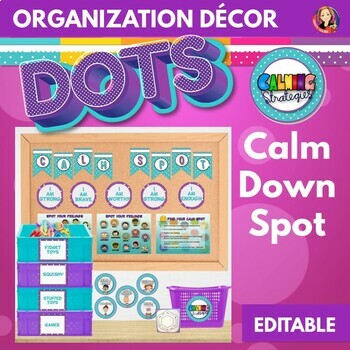Classroom Calm Down Corner – How You Can Easily Create One
Like most teachers, you’re always looking for new ways to help your students calm down and focus. A calm-down corner can be a great addition to your classroom! This post will give you tips on setting up a calm-down corner and what kinds of things you can put in it. Creating a calm-down corner is a great way to promote positive behavior in your classroom and help your students feel more relaxed and focused.
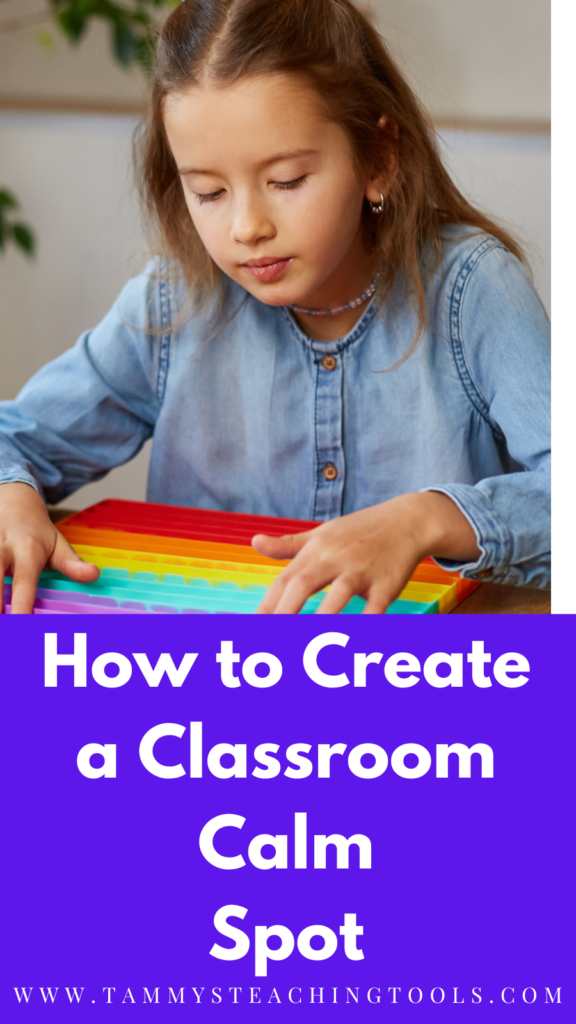
What is a Calm Down Corner?
A calm down corner is a designated space in a classroom where students can go to take a break and regulate their emotions. It’s where kids can go to take a deep breath, stretch, or maybe even do some artwork. Having a calm-down corner is essential because students come to us with all different backgrounds and home life situations. Kids (and teachers) need a break sometimes. We have big emotions and need a safe place to regulate those emotions.
Do Calm Down Corners Work?
Studies have shown that calming areas can help reduce stress and anxiety in both children and adults. They can also provide an opportunity for reflection and self-regulation.
If you’re feeling overwhelmed, take a break and head to your calm-down corner. Take some deep breaths, stretch your muscles, and give yourself a moment to relax. You’ll be surprised how much better you’ll feel afterward.
How Do I Set Up a Calm Down Area?
It’s not as hard as you think. You’ll need a comfortable spot for students to sit or recline and some calming materials like stuffed animals, soft blankets, fidgets, art and writing materials, and puzzles. You might also want to include a few books on managing stress or anxiety. Once you’ve gathered your materials, find a quiet corner of the room and set up your space. Make sure everything is within reach and labeled so students can easily access it when they need to take a break. And that’s it! You’re ready to provide some much-needed peace and relaxation for your students.
 Tip: Carefully consider the location so that students feel that it is a safe place away from others. Consider whether it has adequate space and is semi-private.
Tip: Carefully consider the location so that students feel that it is a safe place away from others. Consider whether it has adequate space and is semi-private.
Include:
- If possible, include a comfortable chair, desk for writing, drawing, etc…….….,
- Labeled bins with calm-down items.
- Banners
- Student directions poster
- Feelings posters
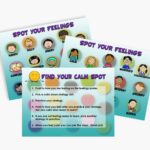
- Affirmations – You can even include personalized affirmations with student names.
- Calm down strategy choices.
- Breathing exercise examples.
Books
There are many items to include in your center area. Children’s literature is the one I think is critical. Below is a list of just a few books you could include.
- Bee Still by Frank J. Sileo
- A Little Spot of Feelings by Diane Alber
- Calm Down Time by Elizabeth Verdick
- Breathing is my Superpower by Alicia Ortego
- Breathe Like a Bear by Kira Willey
- I am Peace by Susan Verde
- My Magic Breath by Nick Ortner
- The Big Feelings Book for Children by Sharon Selby
- My Magical Yoga Book for Kids by Francois Walter
- Alpacas Don’t Get Angry by Tammy Fortune
- Dusty and Friends Coloring and Activity Book by Tammy Fortune
- Dusty’s Big Oops! By Tammy Fortune
Get your students a free set of activity pages based on the award-winning Alpacas Don’t Get Angry here.
Fun items to consider:
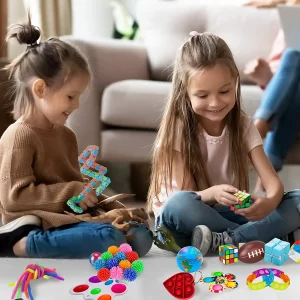
Here is a comprehensive set of calm-down resources that includes everything you need to start. It contains lists of books and calm-down items to help you set up an engaging classroom area. Plus, it’s editable, so you can create personalized options and even have students develop their strategies.
Your Calm Spot will quickly become a student and teacher go-to when emotions run high.
Find out more about this set here.
The final step is sharing the calm-down spot with your students. DO NOT expect your students to know how to use the calm down corner immediately. Make sure they understand the goal behind the space. The plan could be for students to use the calm down corner until they feel they can rejoin the group. It’s also essential to demonstrate the tools and resources available in the space. Practice a few breathing techniques, so they know how to do them. Explain any expectations, time limits, or other rules, so students use the calm down spot for its intended purpose.
Do you have a calm-down corner in your classroom? If not, why not give it a try? It can be a great way to help your students relax and focus. Thanks for reading!
Be Calm!

Check out these posts:

